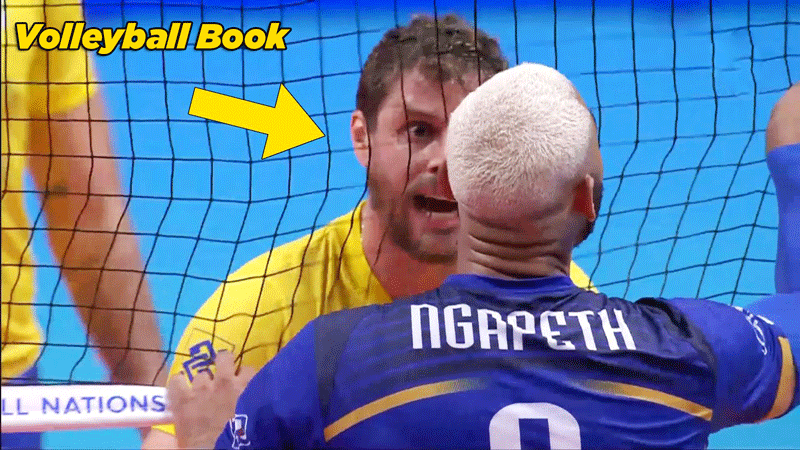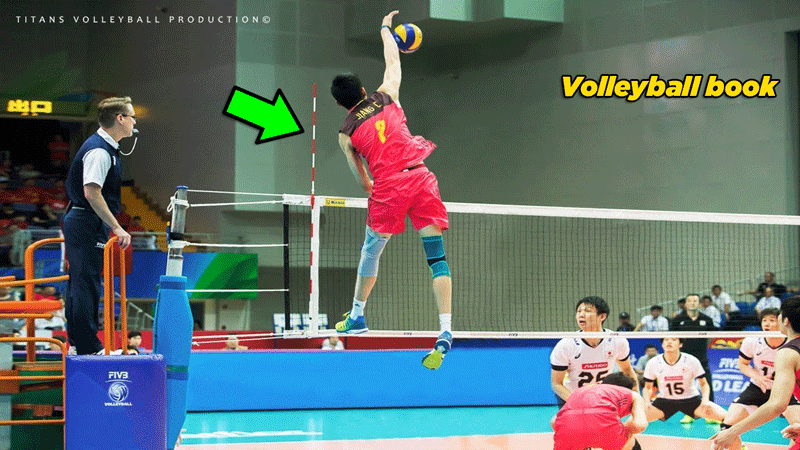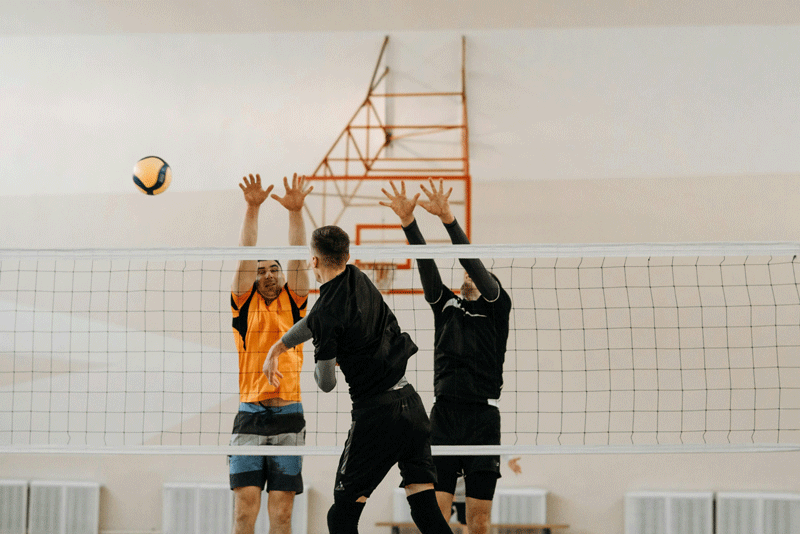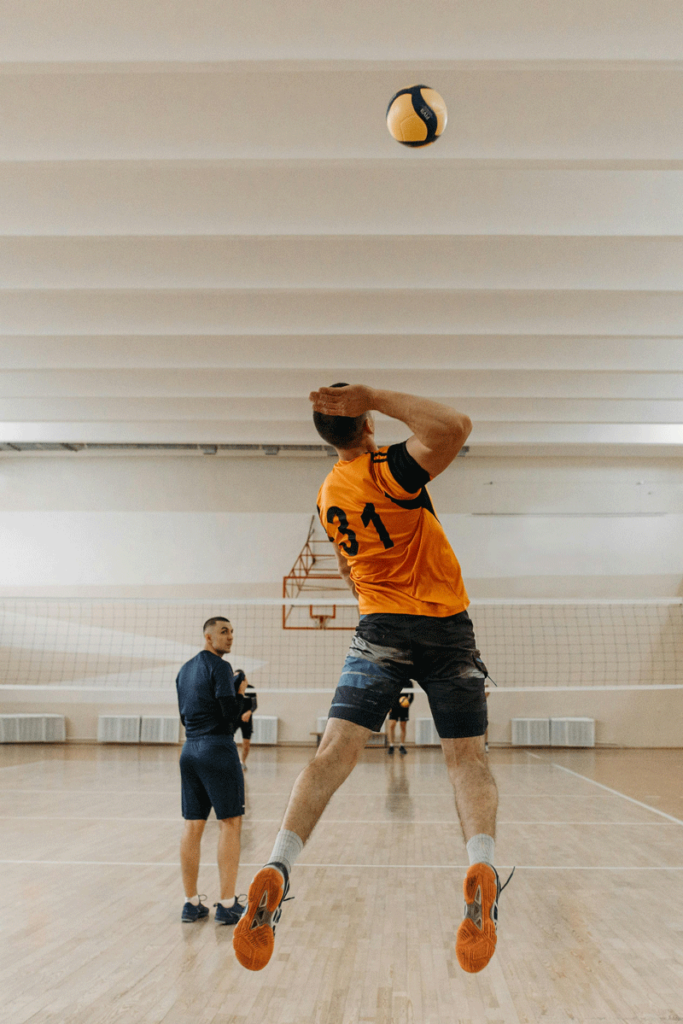The Weirdest Rules in Volleyball
In soccer, there exists a peculiar rule limiting goalkeepers to holding onto the ball for merely six seconds. Similarly, in American football, failure to dispatch team captains promptly for the pregame coin toss results in an automatic loss for the tardy team.
In volleyball, instances arise where events during a game prompt a pause for contemplation, emphasizing that the sport is not exempt from intriguing occurrences. These perplexing moments contribute to the intrigue surrounding the Weirdest Rules in Volleyball.
In the aftermath of an unexpected event on the field, questions naturally arise, demanding an explanation of what transpired and delving into the reasons behind the referee’s decision to either halt or allow the continuation of play.
More often than not, these moments that leave us perplexed on the sports field have a discernible explanation.
Let’s delve into some of The Weirdest Rules in Volleyball!

You’re Not Allowed to Block a Serve
Regrettably, commencing our exploration involves discarding what might seem like the simplest maneuver with a soft serve: the act of leaping and promptly sending it back down.
The FIVB rule leaves no room for ambiguity, stating unequivocally, “To block an opponent’s service is forbidden.” This prohibition may be grounded in the inherent difficulty of intercepting a serve, which often hurtles over the net at high speeds or sails well beyond reach.
You Cannot Hit the Antennae

While the regulations surrounding hitting the antennae may appear evident, they are not as straightforward as one might assume. If the ball makes contact with the antenna, regardless of the circumstances, it is deemed out, and the opposing team is granted a point.
However, an intriguing scenario arises when a player inadvertently strikes the antenna – a scenario that offers no reprieve. According to FIVB rules, any contact with the antenna, even unintentionally, “in the action of playing the ball” constitutes a fault, resulting in the opposing team securing a point.
Notably, any player in proximity to the ball during its contact with the antenna or attempting to make contact (such as leaping for a block) is considered to be “in the action of playing the ball.” This implies that a fault is incurred by inadvertent contact with the antenna, even during a player’s genuine attempt to interact with the ball.
It’s worth highlighting that players are permitted to make contact with objects situated outside the antennae, including the net, as long as such contact doesn’t impede the ongoing play. This distinction underscores the importance of players navigating their movements within the defined boundaries to avoid infractions while engaging with the ball and other elements of the game.
Now, let’s shift our focus to a different facet of the game: What unfolds if the ball traverses the net but ends up outside the confines of the antenna itself?
Playing the Ball on the Opponent’s Side: A Permissible Move

Surprisingly, the occurrence of the ball crossing the vertical plane of the net outside the antennae is more common than one might initially perceive. In such instances, the ball is not immediately deemed out of bounds, presenting players with an opportunity to keep the play alive.
A practical illustration of this scenario arises when a teammate unintentionally redirects a pass over the referee’s head. Despite the unconventional trajectory, players are permitted to pursue the ball and execute their final contact, returning it to their side.
However, there is a crucial caveat to navigate in this scenario. When a player engages with the ball for the return, it must once again traverse the net, but this time outside the defined boundary of the antenna.
This stipulation ensures that the play remains within the prescribed rules, introducing an element of strategic precision in executing the subsequent move after the unexpected trajectory of the initial pass.
Your Teammates Are Not Allowed to Lift You to Play a Ball Weirdest Rules in Volleyball
Regardless of the allure of attempting such a maneuver, the use of teammates as a means of assistance in playing the ball is explicitly disallowed by FIVB rules. Described as an “assisted hit,” this infraction occurs when a player “takes support from a teammate” while interacting with the ball.
Consequently, the dream of recreating a Titanic-inspired moment, where a teammate lifts you for a powerful hit, is unfortunately prohibited within the confines of the rules.
Furthermore, the prohibition extends beyond relying on teammates; players are also barred from leveraging any court structures, such as posts, to aid in playing the ball.
This comprehensive restriction reinforces the principle that the game should be conducted within the established parameters and solely through the skill and efforts of the participating players, without external aids or assistance.
Front Row Hitting Capability Extends to Back Row Players

In technicalities, it may seem implausible for a back-row player to execute a legal hit comparable to front-row attackers. However, with an extraordinary vertical jump, a back-row attack can sometimes closely resemble a front-row one.
According to FIVB rules, a back-row player is permitted to strike the ball in front of the attack line, granted that a portion of the ball remains below the height of the net.
For those specialized in defense and typically substituted into the back row, here’s a noteworthy strategy: communicate with your setter, instructing them to deliver the ball to you and aim for a tool off the block.
Volleyball, being an eccentric game, requires time to master. Yet, it’s reassuring to realize that even after acquiring a comprehensive understanding of the sport, volleyball continues to unveil surprises and nuances.
Also Read: Understanding High School Volleyball Rules [Guide 2024]
